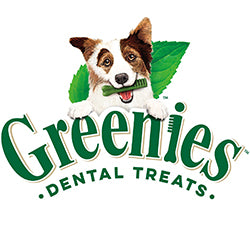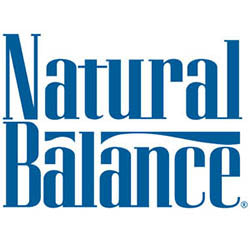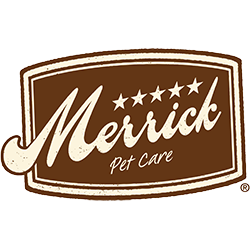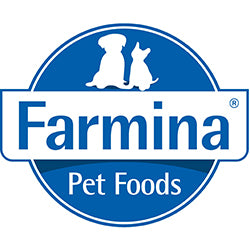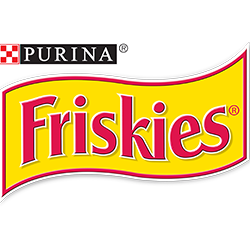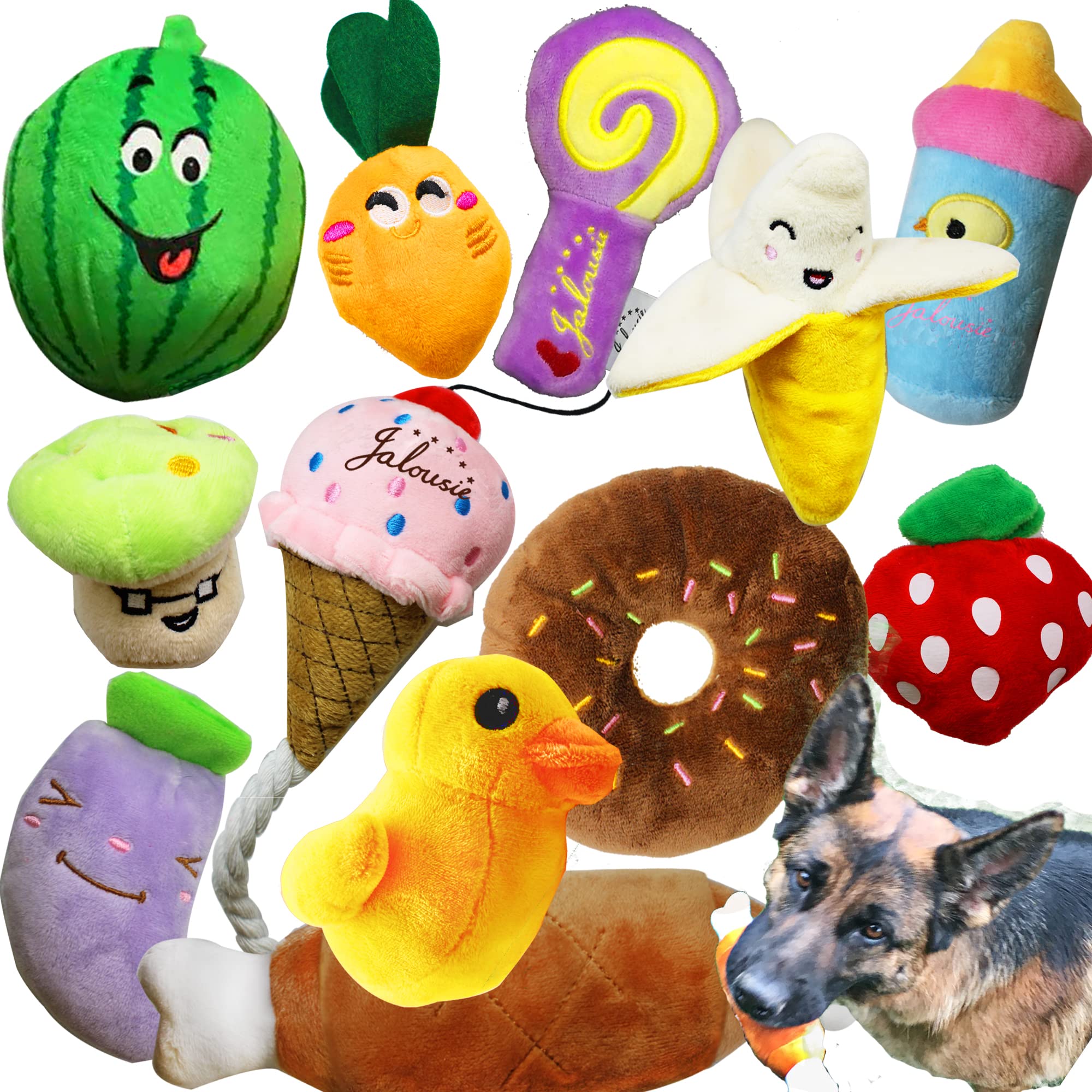
Safety Measures to Take When Introducing a New Pet Product
When introducing a new product to your pet, feathered, or finned family members, we aim to enrich their lives and provide them with more comfort and entertainment. However, just as we scrutinize the toys and tools we give to children, we should also exercise caution with products we introduce to our pets. As a pet parent, safeguarding your pet's well-being is paramount, and here are some key safety measures to take into account:
1. Research the Product and Brand: Before buying any product, thoroughly research the brand and the specific product. Look for reviews from other pet owners and check for any reported safety issues or recalls. Trusted brands are more likely to have undergone quality control and safety checks.
2. Verify the Appropriateness for Your Pet’s Size and Species: Not all products are suitable for all pets. A toy designed for a small dog might pose a choking hazard to a larger breed. Similarly, what's safe for a dog might not be for a cat. Ensure the product aligns with your pet's size and species.
3. Inspect the Product for Small Parts: Before offering any product, check for small or detachable parts that could be swallowed. Items like buttons, beads, or detachable limbs on stuffed toys can pose serious risks if ingested.
4. Check for Toxic Materials: Some imported products might not adhere to the same safety standards. Be wary of products that may contain toxic materials or coatings. This is especially crucial for toys or products that your pet might ingest.
5. Introduce Gradually: Whenever you give your pet something new, monitor their interaction with it. Introduce the product for short periods, and see how your pet reacts. This step is particularly essential for items like new foods or treats, as they can trigger allergies or digestive issues.
6. Supervise Initial Interactions: Even if a toy or product is deemed safe, always supervise your pet during their initial interactions. Some animals can be especially rough or curious, leading to unexpected breakages or ingestion risks.
7. Consider the Longevity of the Product: Some products may become hazardous over time. For instance, a chew toy might splinter or become small enough to swallow after extensive wear. Regularly inspect products and replace them when they show significant signs of wear.
8. Ensure the Product is Age-appropriate: Just as puppies have different needs compared to senior dogs, the same goes for all pets. Younger animals might require more durable or chew-resistant items, while older pets might benefit from softer, easily digestible products.
9. Be Mindful of Noise and Electronic Components: Products that make loud noises can be distressing for some pets. Moreover, electronic components can be hazardous if chewed on or played with roughly. If a product contains batteries or electronic parts, ensure they are securely enclosed and inaccessible to the pet.
10. Introduce in a Controlled Environment: When first introducing a new product, especially if it's an interactive or electronic one, do so in a controlled space. This way, you can gauge your pet's reaction without the distractions or risks of a broader environment.
11. Check for Choking Hazards: Sizeable or oddly shaped products can pose choking hazards. Be cautious with products like balls, which can easily get lodged in a pet’s throat if they are not the appropriate size.
12. Wash and Clean New Products: Before giving your pet a new toy or bed, wash or clean it to remove any manufacturing residues or contaminants. This step is especially essential for items that come into contact with the pet's mouth.
13. Store Products Safely: After play or use, store pet products in a safe place. This ensures they remain clean and prevents any unsupervised interactions, especially if you're unsure of the product's safety during prolonged access.
14. Seek Professional Advice: When in doubt, consult your veterinarian or a pet professional. They can provide insights into the safety and suitability of a product for your specific pet.
15. Trust Your Instincts: Finally, trust your instincts. If something feels off or if your pet reacts negatively to a new product, it's always better to err on the side of caution and remove it.
- Choosing a selection results in a full page refresh.




